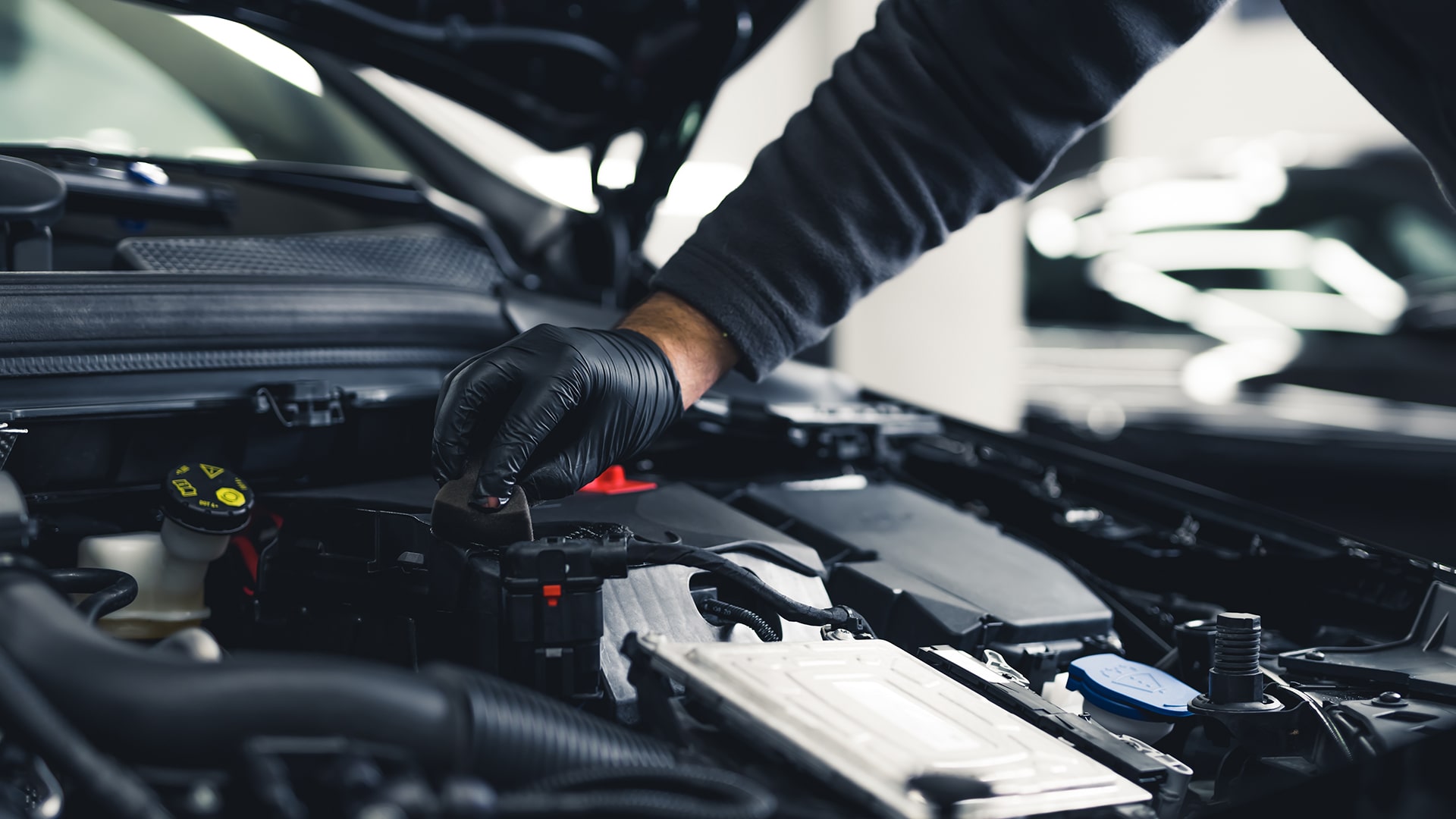Average Review Score in the area
How do you know if you have blown a head gasket?
Warning bells should be ringing if:
- your car's coolant level warning light is on (if the car has one),
- on checking coolant (when the engine is cold) - the level is very low, or if your engine is showing a very high temperature on the coolant temperature gauge (if fitted)
- your vehicle is not running smoothly, or you see light coloured smoke coming out of the exhaust pipe or white discoloured oil on the engine oil level dipstick
Can you drive your car with a blown head gasket?
If you suspect that your car has a blown head gasket, do not try to drive it and have it seen to by a mechanic promptly. They may need to have your car towed to their garage to diagnose the issue and either repair or replace the part(s).
How much does it cost to replace a head gasket?
Repairing and replacing a head gasket often requires:
- A new gasket kit and replacement bolts.
- Testing and flattening the cylinder head.
- Replacement of oil filter, oil and ant-freeze.
Head gasket repairs will require the engine cylinder head being removed from the engine block as the gasket sits between these two components. The cylinder head may need to be resurfaced and new bolts will need to be fitted as they can stretch. The work will also involve changing the engine oil and coolant, and all water hoses will be checked at the same time.
If the cylinder head is cracked, it can sometimes be repaired by first being pressure-tested to detect any cracking or warping, which are the results of the high temperatures in which it operates, then being skimmed flat to return it to its proper shape.
As soon as you suspect that you may have a blown head gasket, you should get booked into a garage to have it replaced. The parts and labour costs will vary depending on the garage that you choose to take your car to. All of the above work will probably take a mechanic roughly six hours (depending on the severity) and you have to take this labour into consideration on top of the parts required. Each garage has its own hourly rate and if you enter your vehicle registration number and post code at the top of this page, you’ll be able to compare the labour rates, reviews, distance, and more from all of the top garages in your local area. This allows you to choose a garage that you can trust for a rough price point that is suitable for you.












